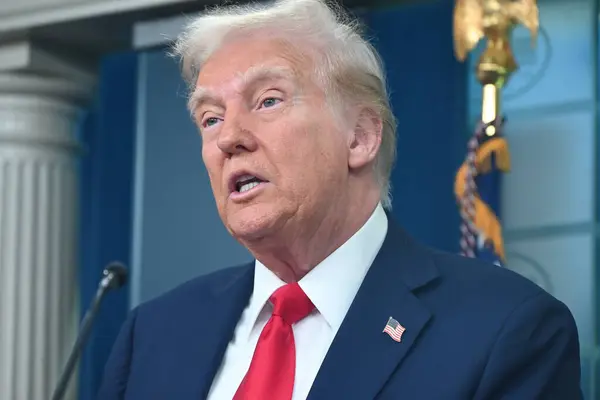
What are the consequences when the fee to employ a foreign technology worker doubles overnight? That is the question now facing Silicon Valley and Wall Street after President Donald Trump made an impromptu announcement charging a $100,000 fee for new H-1B visa petitions. The change, which took effect on September 21, 2025, has caused shockwaves among industries that rely on international talent, with emergency memos, canceled travel plans, and a rush for information.
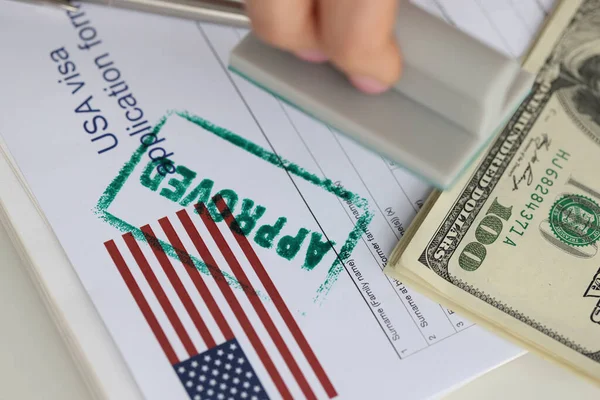
The H-1B program, established in 1990, has been a traditional lifeline for businesses looking to hire highly skilled STEM professionals for decades. With just 85,000 new visas issued every year, the competition is fierce and the lion’s share goes to Indians and Chinese nationals. Today, the record fee is threatening to change hiring practices, relocate innovation centers abroad, and trigger geopolitical waves. These are seven significant developments arising from this policy change.

1. Other Giants and Amazon Have the Largest Bill
Amazon sponsored 10,044 H-1B beneficiaries during fiscal year 2025, according to U.S. Citizenship and Immigration Services data, well ahead of Tata Consultancy Services (5,505), Microsoft (5,189), Meta (5,123), Apple (4,202), and Google (4,181). For these companies, the new charge amounts to hundreds of millions of dollars. Baird’s Colin Sebastian cautioned that though deep-pocketed corporations have the ability to absorb the cost, “the more likely unintended consequences. could be to starve emerging and small U.S. businesses of qualified workers.” Still, Big Tech’s dependence on this pool of talent means they might not have an alternative but to compensate.

2. Freezes on Immediate Travel and Corporate Memos
In hours of the news, internal guidance from Amazon, Microsoft, Google, and Goldman Sachs instructed H-1B holders to stay in the U.S. or come back ahead of time. One of the memos seen by Business Insider warned “If you are in H-1B status and in the U.S., you should stay. so you won’t be denied reentry.” The panic demonstrated initial uncertainty over whether existing visa holders outside the country would be charged. While the White House subsequently explained that only the new petitions will be subject to the fee, most firms still recommend holding off on foreign travel until further clarification comes out.
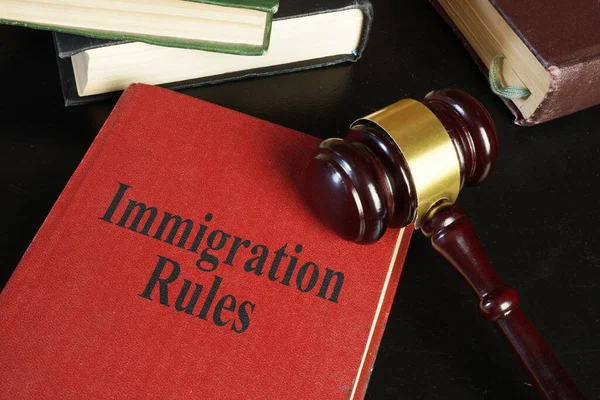
3. Clarifications, Confusion, and Legal Gray Areas
White House spokesperson Karoline Leavitt reiterated the $100,000 is an initial petition fee, not a recurring one, and excludes renewals and existing holders returning. But immigration lawyer Emily Neumann pointed to remaining uncertainties, especially for individuals switching jobs or renewing visas overseas. “What if after September 21 they submit that extension and then they have to travel are they going to be required to pay?” she asked. The administration’s FAQ says the fee will cover “any other H-1B petitions” after the deadline, leaving some situations unclear.

4. India and China React, Other Nations Move to Capitalize
India, whose nationals received 71% of H-1B approvals last year, warned of “humanitarian consequences” from family disruptions. China, the second-largest source of recipients, has rolled out a new K visa for STEM workers, effective October 1, offering greater re-entry flexibility and no employer sponsorship requirement. The U.K. is considering eliminating visa costs for the best international talent, while the “Choose Europe” promotion by the EU is going after U.S.-based researchers dismayed by the shift. According to Charles-Henry Monchau of Syz Group, as he explained to CNBC, “If the U.S. gets tighter, this is a golden opportunity” for other centers.

5. Economic and Innovation Risks Identified by Analysts
Benjamin Jang at Nicola Wealth Management warned that the policy might create a “tight bottleneck” in talent availability, increasing wages and jeopardizing America’s “pole position” in innovation. Derren Nathan of Hargreaves Lansdown pointed out that though H-1B holders are fewer than 1% of the U.S. workforce, they “punch above their weight” in innovation. Economists also fear brain drain as foreign students graduating from elite U.S. universities seek opportunities abroad.

6. Your changes in Hiring Practices and AI Adoption
In view of the fee aimed at encouraging firms to make domestic hiring, some analysts project increased investment in automation. Nathan had forecast that companies might resort to generative and agentic AI to compensate for limited IT capacity. While doing so, the high fee might drive research and engineering hubs to locations such as Toronto, London, or Bangalore, where immigration laws are more open. For less well-heeled U.S. companies without the financial reserves of Big Tech, the decision may be between shelling out the fee or offshoring key positions.
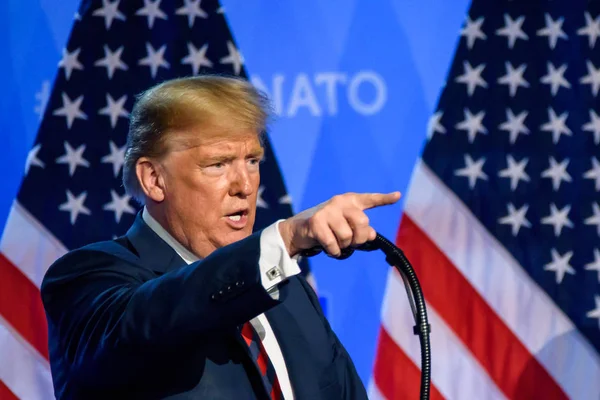
7. National Interest Exemptions Still Undefined
Trump’s order provides for exemptions for employees the administration considers crucial to the “national interest” and not representing a security threat. But as Neumann noted, “There’s no guidance out there yet. How would a company apply for that?” Until there is guidance on criteria or the approving authority, the provision exists in a state of limbo. In the meantime, employers are proceeding on the basis that few, if any, positions will be eligible, so even more the reason to revisit recruitment planning prior to the start of the 2026 H-1B lottery cycle.
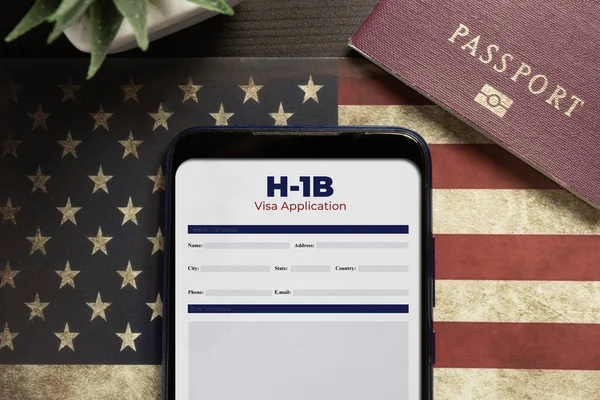
The $100,000 H-1B charge is one of the most significant changes in U.S. policy toward skilled immigration in decades. Although the White House portrays it as a protection for American jobs, its ripple effects already are altering corporate travel policies, international talent flows, and boardroom strategic thinking from Seattle to Mumbai. Whether it ends up bolstering in-house hiring or speeding up the exodus of innovation overseas will be determined by how businesspeople, employees, and competing countries react in the coming months.

